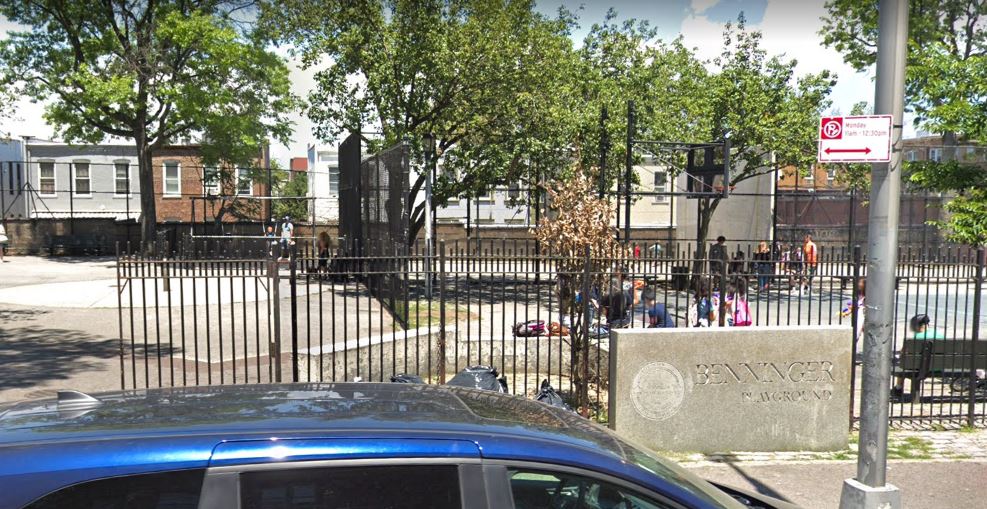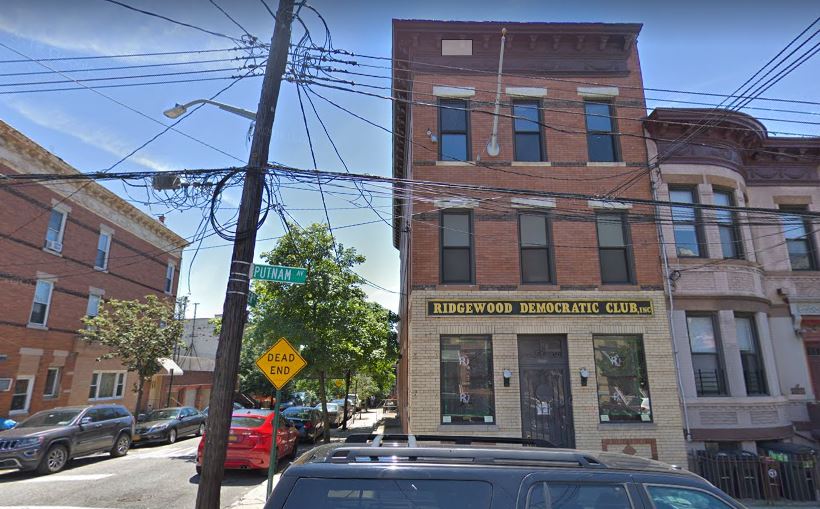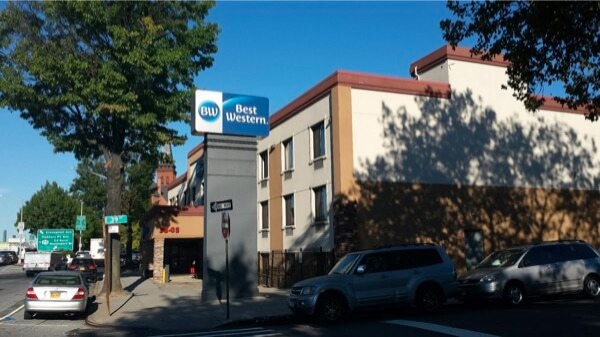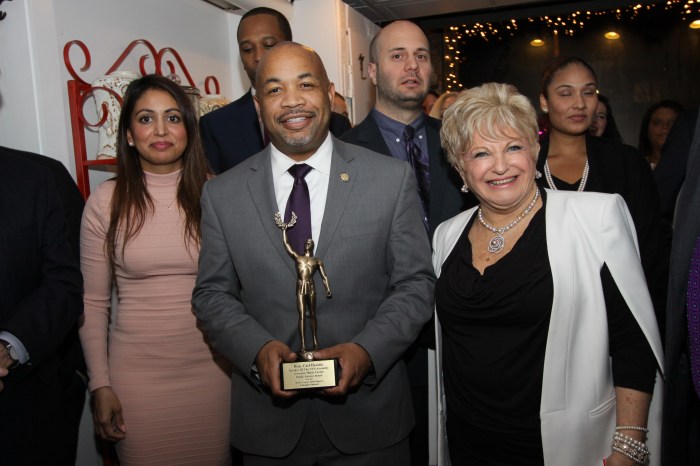The Ridgewood Democratic Club is just a little older than the Ridgewood Times itself, having formed in the same year, 1908. While the paper first went to press on Aug. 1, 1908, the Ridgewood Democratic Club first convened in January of that year, 112 years ago next month.
Through the century to follow, it became the focal point for local politics and helped advance the political careers of many aspiring public servants. Some of their names are recognizable today on landmarks throughout the community.
When it was formed, the Ridgewood Democratic Club began in the home of Carl Berger, who lived at 300 St. Nicholas Ave. He was selected as the club’s temporary chairman, and the club began rotating its meetings at various venues in the community.
At the start, there were 60 members of the Ridgewood Democratic Club. By March 1908, they elected permanent officials including Berger, who served as its first president.
By July 1908, the Ridgewood Democratic Club’s membership grew to 350, and they began leasing space at 448 Grove St. in July as their first clubhouse. Though they had negotiated a two-year lease at the location, the club’s membership continued expanding rapidly over the next 18 months — forcing the club to find a larger location.
In January 1910, the Ridgewood Democratic Club purchased a home at 267 St. Nicholas Ave., relocating there that March. At that point, there were 450 members.
By today’s boundaries, 267 St. Nicholas Ave. is located in Brooklyn, not Queens. At that time, Ridgewood was split between Brooklyn and Queens. Being so close to the border, the board of governors decided that the club needed a more central location to accommodate growth further east in Ridgewood and Glendale.
After many months of deliberation and research, the Ridgewood Democratic Club purchased a site located at 2420 Putnam Ave.; today this location is identified as 60-70 Putnam Ave. They remodeled the existing building and built a two-story extension.
The new Ridgewood Democratic Clubhouse was ready for occupancy in June 1917, when the club had 1,400 members. The new headquarters was said to be the envy of Democrats across the borough, and it gained the nickname as the “Home of Democracy.”
The location is at the corner of Putnam Avenue and Stier Place. The latter is named for Paul Stier, one of Ridgewood’s biggest home builders and one-time Queens County sheriff, who died tragically in 1916. Ironically, Stier was more closely associated with the Jefferson Democratic Club.
During his 15 years as club president, Berger served to make the Ridgewood Democratic Club one of the most progressive in the country. In 1920, the club established a “Women’s Division,” electing Emma Dunn as its first leader.
Among the local officials whom the club supported in its early years was Albert C. Benninger. A Glendale resident, in 1906, he was elected to the state Assembly and later served on the city’s Board of Alderman, a forerunner to the City Council.
In 1916, Benninger was appointed commissioner of the city’s Public Works Department. Two years later, Mayor John Hylan elevated him to the position of Queens parks commissioner, a post he would hold over the next 10 years.
Benninger died in 1937 while serving as the Federal Marshal for the Eastern District of New York. The city would name a playground on Madison Street off Fresh Pond Road in his honor.

For 30 years, the Ridgewood Democratic Club had as its leader Joseph F. Mafera, a longtime Ridgewood resident. Like Benninger, Mafera’s career of public service included positions with the Parks and Public Works departments.
In September 1951, Mafera was appointed Queens borough president, succeeding Maurice Fitzgerald, who had recently died. Mafera would serve just four months in the post, the shortest term for any Queens borough president.
Shortly after his death in 1967, the city renamed Glenridge Park, located off the corner of 65th Street and Shaler Avenue, as Mafera Park.
The club remains one of the most active Democratic organizations in Queens, and its most prominent member is Assemblywoman Catherine Nolan, who represents the 37th District that includes much of Ridgewood.
Over the years, the Ridgewood Democratic Club — in addition to supporting national causes and candidates of the Democratic Party — advanced local causes to benefit the community. In its earliest years, they sponsored picnics to Forest Park by trolley car, and during the Great Depression, distributed food baskets around Thanksgiving to neighbors in need.

Today, the club holds monthly meetings on various topics affecting the city and country, from environmental matters to changes in voting. During the 2020 presidential primary, they’ve also held debate watch parties, allowing local residents a chance to come together and consider their choices.
Sources: the New York City Parks Department and “Our Community: Its History and People,” Greater Ridgewood Historical Society, 1976.
***
If you have any memories and photos that you’d like to share about “Our Neighborhood: The Way it Was,” write to The Old Timer, c/o Ridgewood Times, 38-15 Bell Blvd., Bayside, NY 11361, or send an email to editorial@ridgewoodtimes.com. All mailed pictures will be carefully returned upon request.




































